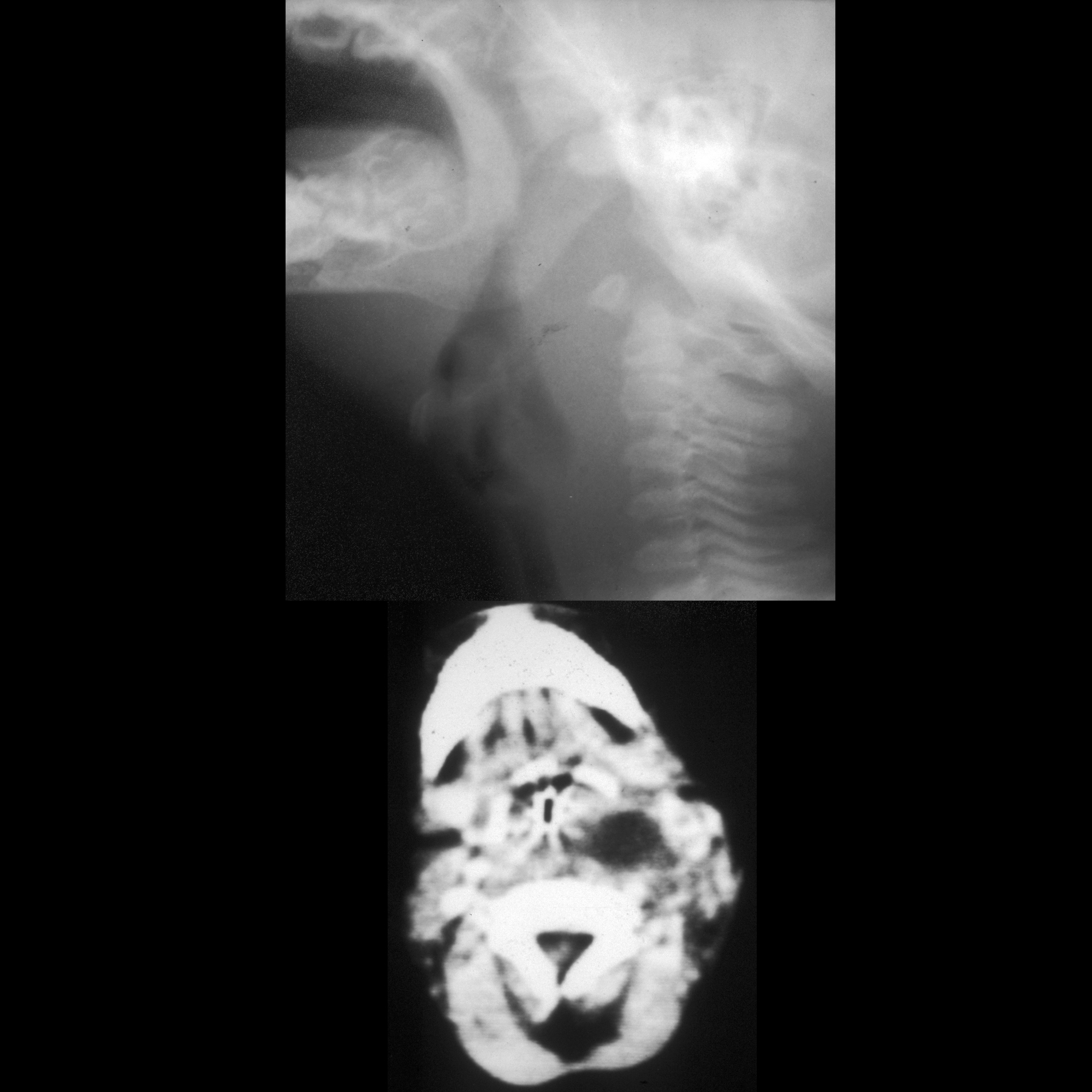myelodysplastic syndrome

Myelodysplastic syndromes (MDS) are a heterogeneous group of clonal hematological stem cell disorders characterized by dysplasia and ineffective hematopoiesis. It carries a risk of transformation to acute leukemia.
Epidemiology
Its overall incidence is thought to be around 3.3 per 100,000. The incidence in patients older than age 70 is greater ranging between 15 and 50 per 100,000 .
Pathology
Classification
The French-American-British (FAB) classification is commonly used in the vernacular:
- refractory anemia
- less than 5% primitive blood cells (myeloblasts) in the bone marrow and pathological abnormalities primarily seen in red cell precursors
- refractory anemia with ring sideroblasts (RARS)
- less than 5% myeloblasts in the bone marrow, but distinguished by the presence of 15% or greater red cell precursors in the marrow being abnormal iron-stuffed cells called "ringed sideroblasts"
- refractory anemia with excess blasts (RAEB)
- 5-20% myeloblasts in the marrow
- refractory anemia with excess blasts in transformation (RAEB-T)
- 21-30% myeloblasts in the marrow (>30% blasts is defined as acute myeloid leukemia)
- chronic myelomonocytic leukemia (CMML)
- less than 20% myeloblasts in the bone marrow and greater than 1*10/L monocytes in peripheral blood
The World Health Organization classification was built upon the FAB system:
- MDS with single lineage dysplasia
- includes refractory anemia, refractory neutropenia, and refractory thrombocytopenia
- MDS with multilineage dysplasia (most common type)
- MDS with ring sideroblasts
- MDS with ring sideroblasts and single lineage dysplasia
- MDS with ring sideroblasts and multilineage dysplasia
- MDS with excess blasts (second most common type)
- MDS with isolated del(5q)
- MDS, unclassifiable
- childhood MDS
- refractory cytopenia of childhood (most common type of childhood MDS)
Radiographic features
CT
May show increased areas of sclerosis affecting portions of the skeleton representing osteomyelosclerosis.
MRI
Signal characteristics (albeit non-specific for MDS) in affected marrow include :
- T1: low signal
- T2: high signal
There is usually a homogeneous pattern of disease within the marrow.
Treatment and prognosis
The course of the disease is chronic and irreversible. Allogeneic stem cell transplantation (ASCT) remains the only curative treatment, although only a minority of patients may be eligible.
Complications
- risk of transformation into acute leukaemias: 25-40%
See also
Siehe auch:
- Knochenmark
- Akute myeloische Leukämie
- Chronische myelomonozytäre Leukämie
- French-American-British (FAB) classification
und weiter:

 Assoziationen und Differentialdiagnosen zu Myelodysplastisches Syndrom:
Assoziationen und Differentialdiagnosen zu Myelodysplastisches Syndrom:
